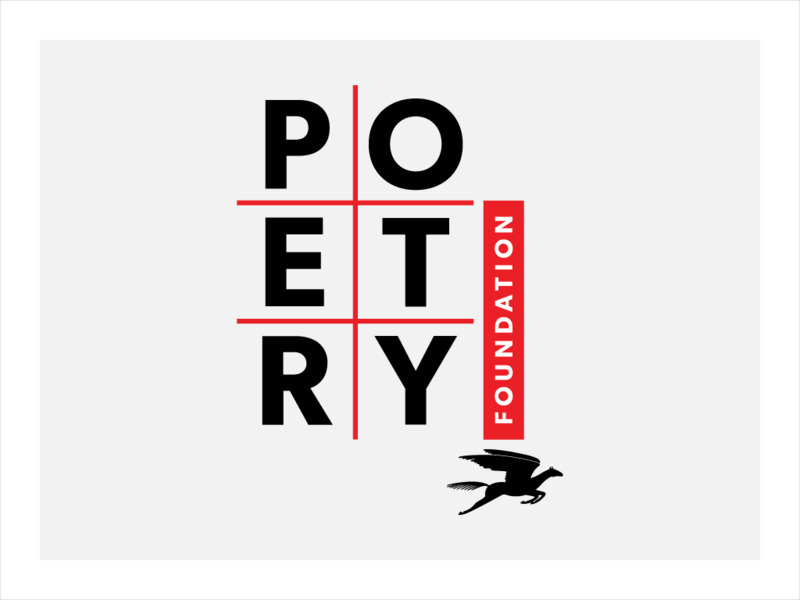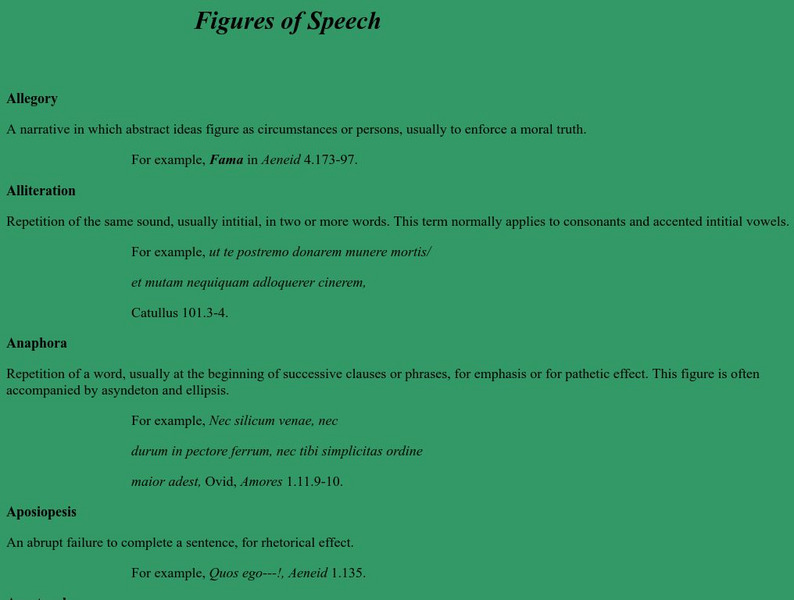Hi, what do you want to do?
Curated OER
The Final Word
Although this activity is based on “Final Word,” Craig Wilson’s USA Today column, the strategies could be adapted to any local columnist. After reading three articles independently, groups share observations about content and style used...
Curated OER
Disability in the Media
Students look at websites about Down Syndrome and respond to how the media has impacted this disability on society. In this Down Syndrome lesson plan, students respond to different situations on worksheets.
Curated OER
Cartoons for the Classroom: Cartoons and Culture
In this current events worksheet, students analyze a political cartoon with anti-American symbolism and respond to 5 short answer questions.
Curated OER
Putting It Together in Writer's Workshop
This lesson about writing can be taught in small groups or large group settings. They examine basic writing techniques and practice using them to improve their writing.
Curated OER
"The Chase" Reading Questions
"The Chase," a chapter from Annie Dillard's autobiography, details an iceball project the narrator and her friends used to play. After your class reads the chapter, give them this reading assessment. Provided here are five short-answer...
Curated OER
Study Guide for Saki's "The Interlopers"
In this comprehension check worksheet, students define 6 vocabulary words, define 9 literary terms, respond to 8 short answer questions, and complete a graphic organizer pertaining to "The Interlopers" by Saki in order to help them...
Curated OER
Study Guide: The Interlopers
In this study guide worksheet, students define vocabulary and literary terms used in "The Interlopers". Students answer comprehension questions based on the reading and fill in a chart with characters and their traits.
Curated OER
An Anecdote is Worth a Thousand Pictures
Students identify anecdotes in speeches and the purposes that politicians use the anecdotes for. They create personal anecdotes for the class to hear, and students decide if the anecdote is real or fabricated.
Curated OER
Magic Squares: The Awakening
After matching words drawn from Kate Chopin’s novel, The Awakening, with their definitions, readers complete a magic square game. Included are instructions for how to develop magic squares.
Curated OER
Slang Ain't the Thang!
Pupils examine how a speaker uses words and images to express a message. They read a speech written by Sojourner Truth and discuss the purpose and audience, and identify the speaker's tools used in a speech by George W. Bush.
Curated OER
Recognizing Similies: Fast as a Whip
Students review what they have already learned about similies and begin to engage with similies on a deeper and more abstract level as they create their own.
Curated OER
Study Guide: The Most Dangerous Game
In this study guide for "The Most Dangerous Game" students define vocabulary and literary terms found in the reading. Students also answer reading comprehension questions.
Curated OER
Valuing Our Time
Learners examine different time management techniques. In this life skills lesson students complete an exercise to help them complete their goals in a timely fashion.
Curated OER
Vocabulary Building Cards
Students select vocabulary words from their reading each week then complete a card for each word which includes definition, source and a sample sentence. They share their cards with the class and complete vocabulary building cards...
Curated OER
It's Symbolic!
Students use symbols to represent different government and economic systems. They explain how the nonprofit organizations and governments work together to supply needs. They interview a foreign exchange student and complete a chart with...
Sophia Learning
Sophia: Grammar Basics: Metaphors
This tutorial focuses on metaphors using a PowerPoint presentation which offers definitions, examples, and various types of metaphors, as well as, similes for comparison. It provides two YouTube videos: the first includes popular songs...
Other
David G. Simpson: The Use of Kennings in Anglo Saxon Literature [Pdf]
This is an eleven-page PDF research paper on the use of kennings in Anglo Saxon literature. It includes a definition of kennings (a type of metaphor), an outline, the paper, an appendix of kennings and literal translations, and resources.
Other
Centre for Literacy in Primary Education: Poetryline: Poetic Forms and Devices
An excellent resource for learning about the different forms and devices used in poetry. Each item is linked to its own page which has examples of its use. Many of the pages have videos of authors reading their poems, and some have...
Houghton Mifflin Harcourt
Holt, Rinehart and Winston: Elements of Literature: Identifying Figures of Speech [Pdf]
A graphic organizer which allows students to document and list the figures of speech they identify in a given piece of literature. These include simile, metaphor, personification, and symbol, and require examples from the text.
Able Media
Figures of Speech: Rhetoric Exercises
This site is a great exercise that helps students practice identifying and translating rhetorical devices in Latin poetry. Uses examples from Book II of Vergil's Aeneid.
Georgia Department of Education
Ga Virtual Learning:romantic Poetry:second Generation: Lord Byron, George Gordon
This lesson on Romantic Poetry focuses on the second generation poet Lord Byron (George Gordon). It features links to his biography, and two of his poems both offered in both text and audio forms: "She Walks in Beauty" and "Don Juan...
ClassFlow
Class Flow: Metaphor & Simile
[Free Registration/Login Required] This flipchart helps students understand the use of metaphors and similes in written and spoken language. There are several fun examples, activities and whole group feedback using Activotes.
Poetry Foundation
Poetry Foundation: Baseball Poems
A collection of descriptive and metaphorical poems about baseball, including poems by Mae Swenson, John Updike, and William Carlos Williams, and, of course, "Casey at the Bat" by Ernest Lawrence Thayer.
Other
Hoocher: Figures of Speech
A list of figures of speech and their definitions with examples from literature.





















![David G. Simpson: The Use of Kennings in Anglo Saxon Literature [Pdf] Unknown Type David G. Simpson: The Use of Kennings in Anglo Saxon Literature [Pdf] Unknown Type](https://static.lp.lexp.cloud/images/attachment_defaults/resource/large/FPO-knovation.png)
![Holt, Rinehart and Winston: Elements of Literature: Identifying Figures of Speech [Pdf] Graphic Holt, Rinehart and Winston: Elements of Literature: Identifying Figures of Speech [Pdf] Graphic](http://lessonplanet.com/content/resources/thumbnails/410154/large/bwluav9tywdpy2symdiwmduymc0yotywmi1ondh3nneuanbn.jpg?1589985628)




